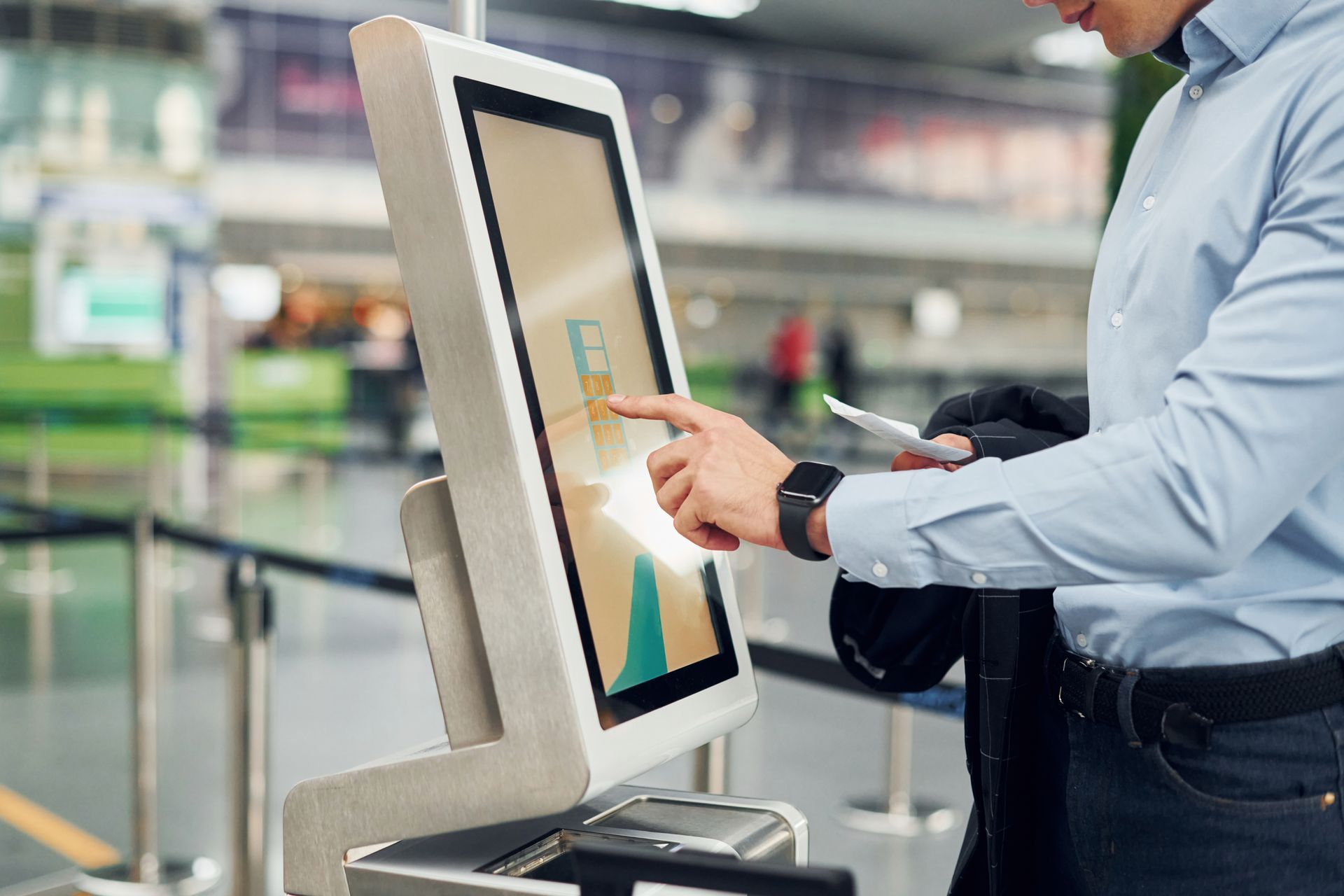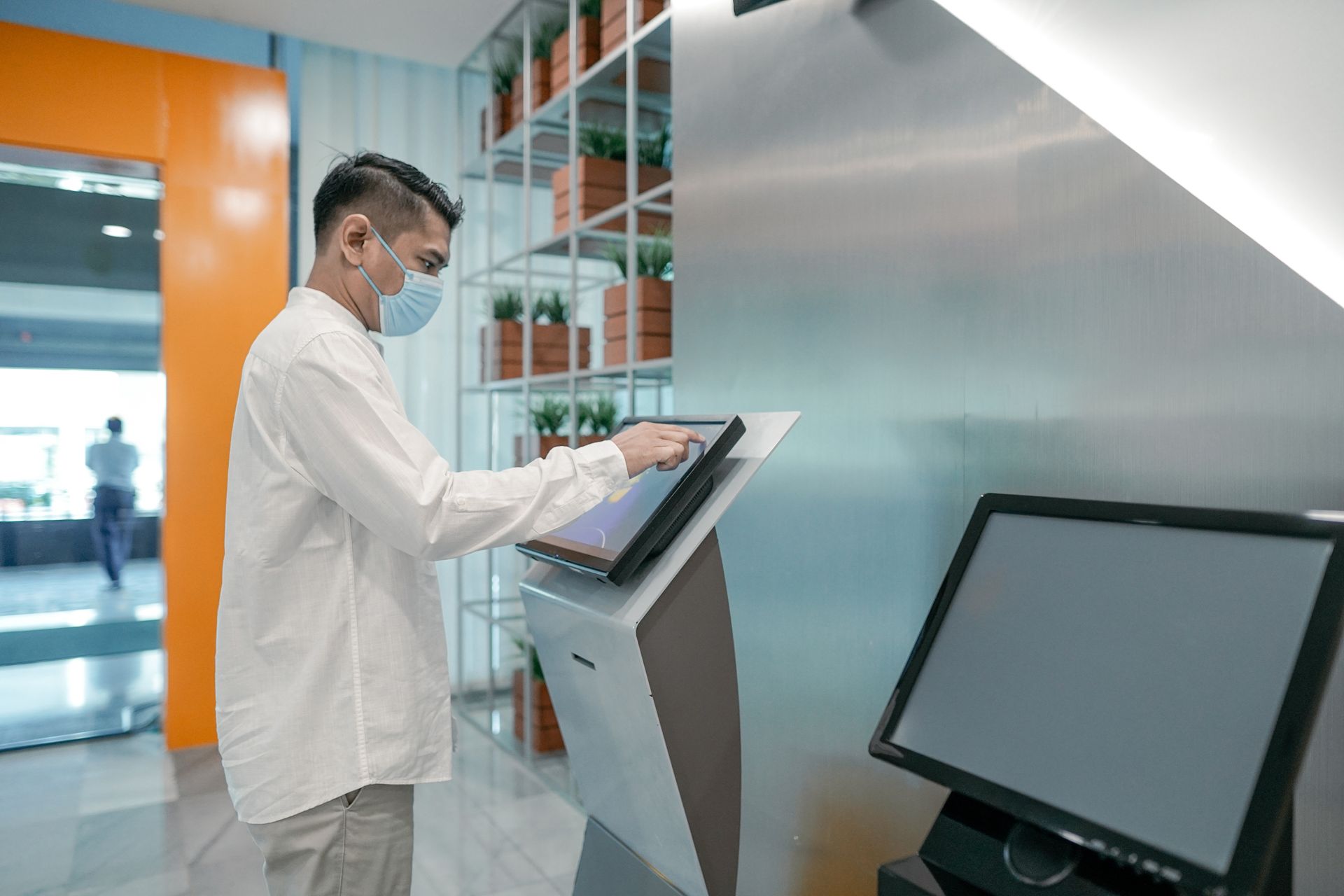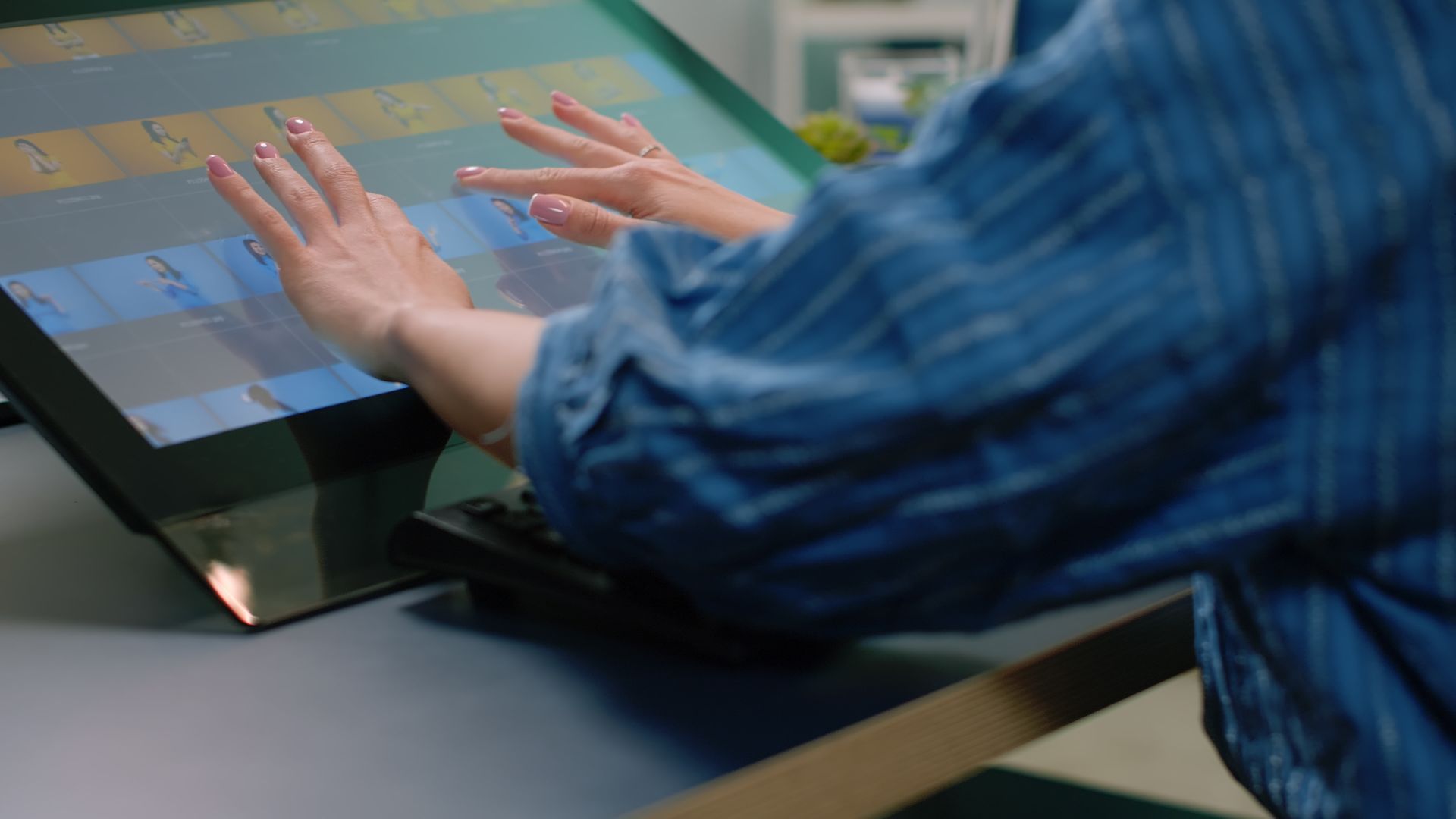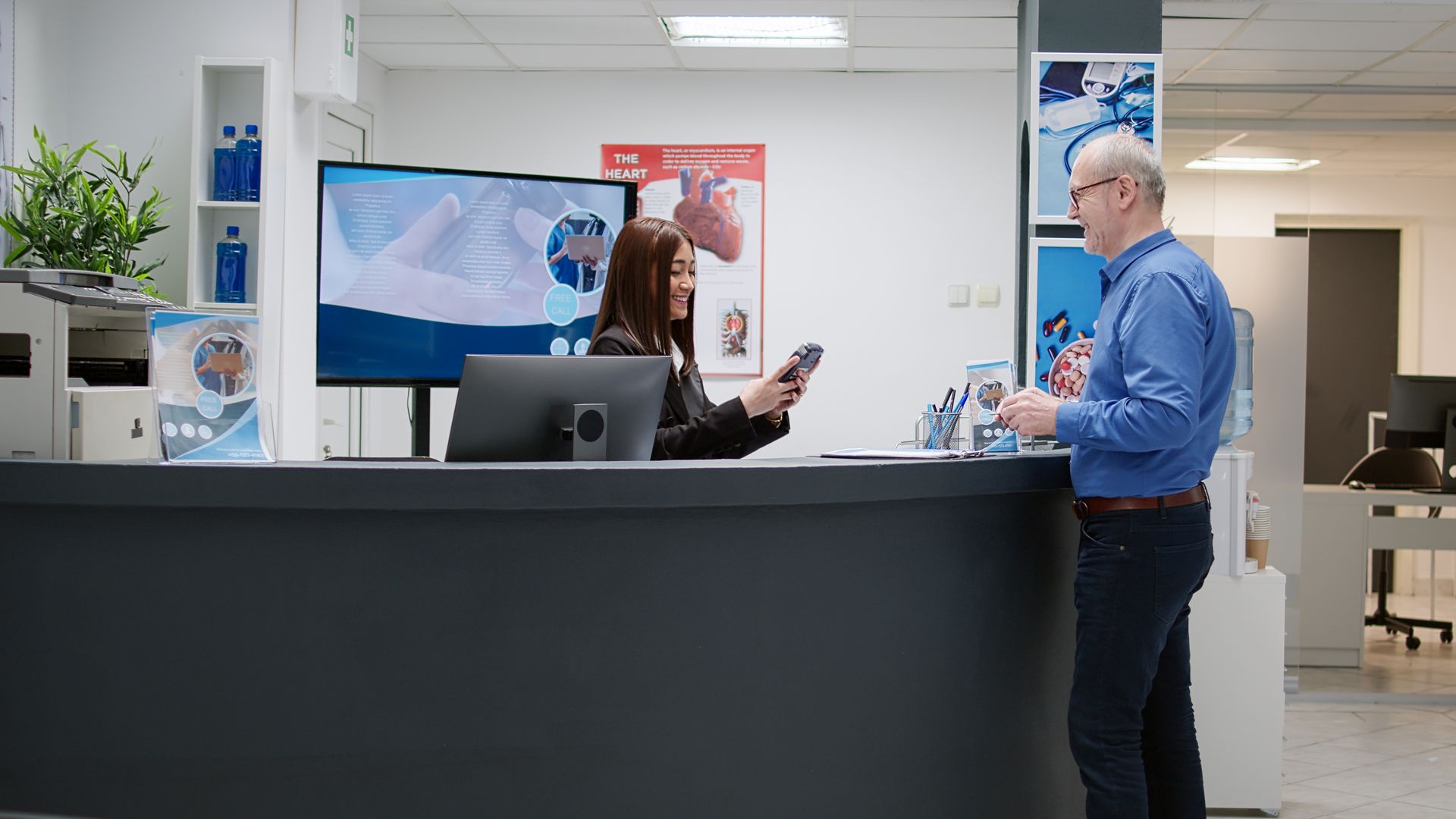How Self-Service Kiosks Are Transforming Customer Experience in 2025
Companies are always on the lookout for ways to enhance their customer relations, reduce costs, and enhance productivity. Among the most effective solutions that can be used to achieve these goals is the self-service kiosks. This paper aims at discussing how these machines are changing the face of business communication with customers.
As the need for quick, efficient, and contactless services is on the rise, self-service kiosk software, including the ones created by Zeour, is gaining more popularity. This blog focuses on the kind of experience self-service kiosks provide, their major features, industries that are likely to benefit from this solution, and more so why you should consider this solution.

What Are Self-Service Kiosks?
A
self-service kiosk is a terminal that is computerized and allows customers to complete a number of transactions on their own. These facilities have touch screens and touchless payment systems and are easy to navigate so that the consumers can work on them comfortably.
Self-service kiosks are applied in many aspects in organizations to order foods, check in at a hotel, pay bills, and get information. These solutions include having self-service kiosk software that can interface with business systems to enhance efficiency.
Today, with the help of such brands, it is possible to offer customers a faster and more satisfying experience.
How Self-Service Kiosks Improve Customer Experience
The following are the ways through which Zeour’s self-service machines improve the customer experience:
1. Faster Transactions and Shorter Wait Times
Customer waiting time is one of the common issues that can be noticed in retail shops, restaurants, and service stations. The self-service kiosks allow the customers to transact on their own, which reduces the time taken to complete the service.
2. Greater Convenience and Accessibility
The customers prefer to make their own decisions without having to wait for the staff to attend to them. Zeour’s self-service kiosk software has the feature of an easy-to-use interface where users can perform tasks on their own.
3. Error-Free Transactions
Order-taking manually is disadvantageous because there is a high possibility of misunderstandings and mistakes. Self-service kiosks are also beneficial in that customers input their details themselves, which reduces the likelihood of mistakes.
4. 24/7 Availability
Self-service counters are not restricted by the need for people to operate them and can therefore be in operation at any time of the day. This is especially so in industries such as retailing, hospitality, and transport, where customers may require services after working hours.
5. Contactless and Secure Payments
In the present world, people are more interested in cashless and touchless payments. The software that is used in the self-service kiosk developed by Zeour enables credit/debit card, mobile wallet, and QR code as the means of payment.
Industry Applications of Self-Service Kiosks
Self-service kiosks are being adopted in various industries and sectors in the current world. In this work, it is necessary to focus on the following sectors and see how they are using this technology to enhance customer service.
1. Retail Sector
The self-service kiosks are being introduced in the retail stores to reduce the time taken to check out and also to enhance the shopping experience. Customers are able to scan the products, view the price and quantity, apply the discount, and make payments without the assistance of cashiers.
2. Quick-Service Restaurants (QSRs)
Customers who enjoy fast foods and other foods that are served in casual restaurants can order for their meals through self-order kiosks that are in the devices. This assists in eradicating order errors, speeds up the rate of service delivery, and allows restaurants to function optimally with minimal staff.
3. Hospitality Industry
Check-in and check-out services in the hotels and resorts are done through self-service machines. Consumers could check-in the allocated rooms and pay for the room and other services in the hotel without having to queue.
4. Healthcare Facilities
The self-service kiosk software is applied in different hospitals and clinics for registration, appointment, and bill payment services. This assists in cutting down the system and improving the quality of the patient’s experience.
5. Transportation Hubs
Railway stations, airports, and bus depots and terminals employ check-in from kiosks or ticket bookings and guide clients.
6. Banking and Financial Services
ATMs are used for balance information, money transfers, payments, and loans, so the public does not have to depend much on the bank branches.
The following measures should be taken in order to implement self-service kiosks:
1. Assess Business needs: Identify the problems that may be present and if kiosks are necessary for ordering, check-in, payment, etc.
2. Choose the Appropriate Model: Zeour has a range of kiosks for various sectors: the freestanding kiosks for the retail sector and the wall-mounted kiosks for the restaurant sector.
3. Customization of the Interface: The interface should be designed in a way that is easy to use and should depict the image of the company as well as the needs of the customers.
4. Communicating System: Integration with POS, inventory, and the customer database for proper functioning of the kiosk.
5. Train the staff and educate the users. The employees should be in a position to assist the customers, and there should be some guidelines on the screen to assist the users.
6. Control & Enhance: Use Zeour’s analytics to monitor and improve the kiosk operations.
How Kiosks Will Be a Key Factor for Cost Reduction
It is always the desire of any company to cut on their expenses while at the same time ensuring that they have good relations with their customers.
Self-service kiosks are useful in the following ways in achieving this:
- Reducing the cost of labor—fewer employees are needed, hence, less wages, training, and benefits expenses.
- Speed up the Transactions: self-service machines perform the transaction rate better faster, serving more customers in less time.
- Reduction in Overhead: Automation of tasks also reduces overhead costs that are incurred when data is processed manually through entry and paper receipts.
- Elimination of errors: Self-service kiosk software assists in the elimination of errors in order placements, avoiding costly mistakes.
- Convenience: kiosks are always accessible to the customers at any one time, as opposed to the employees, who have their own working schedules and payroll costs.
In the case of Zeour’s self-service kiosks, businesses can save a lot of money while at the same time increasing productivity and customer satisfaction.
Conclusion
Self-service kiosks are the new generation of the market since they assist in increasing the speed of the business, the time taken to complete the transaction, and the satisfaction level of the customers. Companies like Zeour are already in the process of implementing the change and providing the best self-service kiosk software for various fields.
Self-service machines are helpful in meeting the needs of the current consumers as well as increasing the efficiency of the business. Kiosks will evolve in the future with the development of new technologies and will change the customer experience in 2025 and the subsequent years.
If you are in the process of enhancing customer satisfaction and organizational efficiency, there is no better time than the present to adopt Zeour’s
self-service kiosk solutions. Kiosks will assist you in enhancing your business and making it a market leader.








